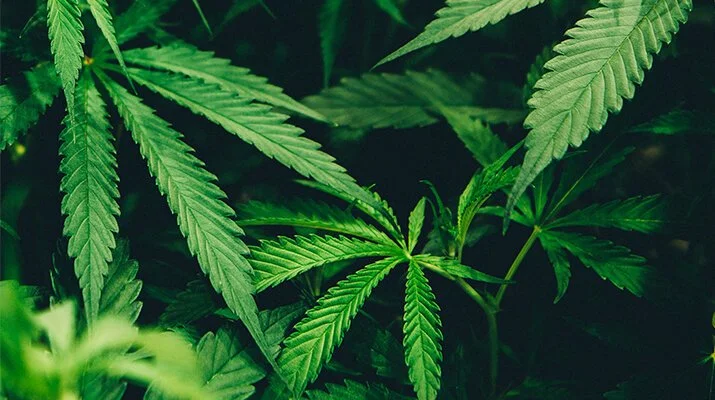5 Ways to Make the Cannabis Industry More Sustainable
Finally, people around the world are catching on to the wonderful world of cannabis. With 46 states permitting legal consumption in some form, the industry is thriving and growing at a relatively unprecedented pace.
However, with great growth comes great responsibility… and great environmental impact.
As the marijuana industry flourishes, many natural resources are being utilized to meet the high demand for organic, quality-driven cannabis products. We know how many people around the world benefit from cannabis - and we know that it’s time for the industry to make a change. It’s time for those who value the plant to truly value our planet, too.
To create a more sustainable cannabis industry means to limit the use of natural resources, seek out alternative supplies, such as those that are more efficient or use recycled products, and effectively facilitate and maintain massive growth with a conscious mindset that will help the industry last long into the future.
So what are we waiting for? Here are the top 5 ways that we can make the cannabis industry more sustainable!
1. Water Conservation
Did you know that one single cannabis plant can consume over six gallons of water per day? At almost two gallons per eighth, that’s one thirsty plant.
Cannabis growers are beginning to find ways to limit water usage and conserve more water over time. Some companies are getting creative and developing innovative methods like aeroponics to reduce water use and promote a more sustainable industry.
You’ve probably heard of hydroponics, the method of cultivating plants by essentially submerging them in water instead of soil. The aeroponics method also does not require soil. Plants are grown in a humid open air or misted environment, allowing reduced water use and a higher level of nutrient absorption.
Using aeroponics for cannabis cultivation can save up to 95% of water used in traditional growing methods (!) and can even help growers to almost quadruple their yield.
2. Reduced Energy Consumption
With all of those beautiful cannabis crops comes lots of energy consumption. A 2016 New Frontier report estimated that about 1% of the electrical output in the US is consumed by the industry, equating to $6 billion, with a capital B.
Indoor grow lamps are pretty high-intensity and suck up a ton of power. LED lighting is a great alternative that produces minimal heat, meaning less HVAC usage, and requires little maintenance. Cannabis cultivated with LED technology also has a more balanced evaporation rate, and therefore requires less fertilizer. Best of all, LED lights typically last much longer and are 60-70% more energy efficient than typical indoor cultivation lamps. Talk about sustainability!
To sum it up, a slightly higher investment can have a huge payoff - for both you and the planet.
3. Regenerative Farming
The concept of regenerative farming is a holistic approach to growing all sorts of crops, including cannabis.
One agency defines this as a process that “increases biodiversity, enriches soils, improves watersheds, and enhances ecosystem services” to achieve a more conscious farming system.
When it comes to cannabis, regenerative farming involves seed-to-seed cultivation, where the grower oversees the plant’s entire life cycle. Engaging in regenerative farming is a double whammy: Not only does it increase the biodiversity of your farm, but it eliminates the need to use potentially harmful chemicals in fertilizer or pesticides as well.
4. Effective Waste Disposal
When all is said and done with the cannabis plant, there remains waste. In fact, over 150 million tons of cannabis waste is created each year in the United States alone.
This includes plant stems, leaves, cannabis packaging materials and more. Companies like GAIACA Waste Revitalization are working towards a solution by specifically composting cannabis plant waste.
In order to promote a more sustainable industry overall, cannabis companies need to employ better waste disposal processes like Compliant Cannabis Disposal Programs.
5. Sustainable Packaging
A ton of waste - actually, make that 300 million tons of plastic waste - ends up in landfills or the ocean after being disposed of. Ditching single-use plastics commonly used for cannabis packaging and instead using recycled materials or more eco-friendly alternatives, like hemp plastic, ocean plastic or recycled glass, is a truly effective way to have a direct positive impact on the environment.
By choosing to use materials that are also recyclable, your cannabis brand is committing to help the industry be more sustainable.
Final Thoughts
In order to make the cannabis industry more sustainable, we need to practice what we preach. By consciously applying these 5 major changes over time, we can all contribute to a more sustainable industry that will last for years to come.
How is your cannabis brand working to be more sustainable? Let us know in the comments!

